Medieval documents mention them in the same tones as the infamous Knights Templar, the powerful Knights Hospitaller (or Knights of St John), and the brutal Teutonic Knights. Like them they had special privileges and they answered only to the Pope himself.
But while those three are subject to endless study, legend and pop-culture reimagining the green-cross banners of the Knights of St Lazarus have become a footnote in the history of holy war, undisturbed by the likes of Dan Brown.
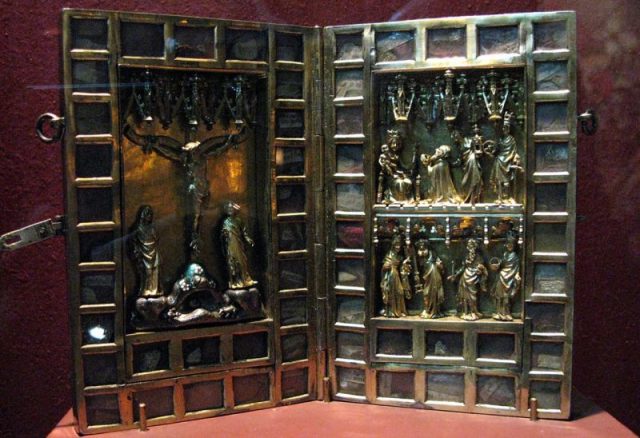
There are in fact six recognised Roman Catholic saints called Lazarus, and it’s unclear exactly which one the order honoured. The most likely two are Lazarus of Bethany — raised from the dead by Jesus in John 11:1–46 — and the pestilent beggar Lazarus who is spurned by a rich man in Luke 16:19–31 but finds his place in heaven.
Lazarus the beggar is believed by Biblical scholars to have been afflicted with leprosy, and it’s possible the two figures may have been conflated in the Medieval imagination as a result of the ghoulish imagery of the leper. In short, one man was raised from the dead, and the other was raised to heaven from a state of living death.
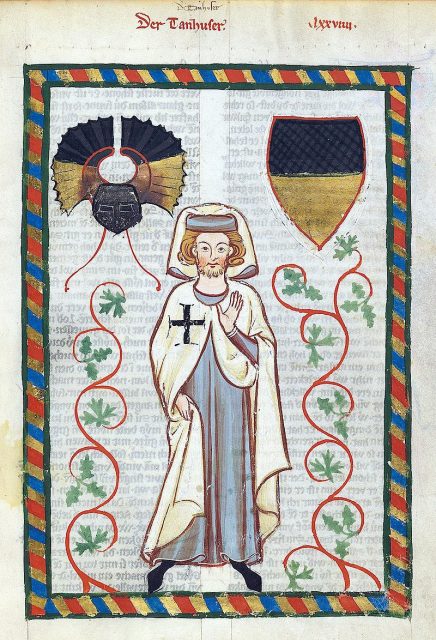
Leprosy is a chronic bacterial infection that affects the nerves of the extremities — the skin, nose, eyes, and the upper respiratory tract. It is progressive, and although treatments exist now, in the world of the Crusades it marked the beginnings of a gruesome journey with no happy ending.
Those afflicted with leprosy were doomed to a horrifying half-life as their skin appeared to rot away in front of them — as gangrene set in they might lose their fingers and toes, they became weak, they struggled to breath, and they went blind.
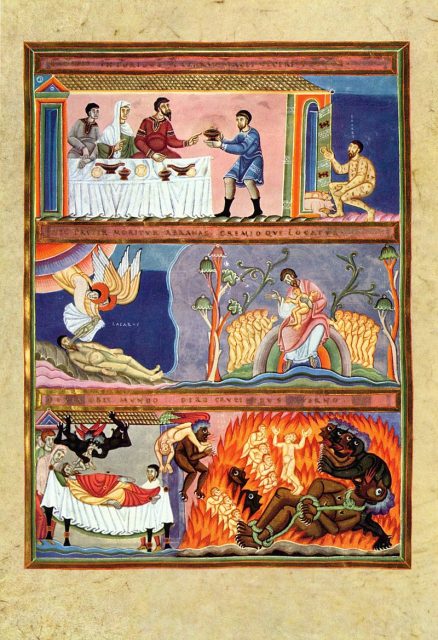
In Christian Europe it was often seen as a curse from God, a punishment from sin, or alternatively — with reference to the parable of Lazarus and the rich man — a living martyrdom, whose suffering brought them closer to the suffering endured by Jesus Christ and guaranteed them a place in heaven.
The exact origin is unknown but by 1130s the Order of St Lazarus ran a hospital just outside of Jerusalem with the simple mission of caring for the city’s lepers. The capital of the Christian Kingdom of Jerusalem, the city had been taken by the Crusaders in 1099 and although some orders of monks already operated in the multi-faith city of Christians, Muslims and Jews, they were beginning to down their crucifixes and take up swords.
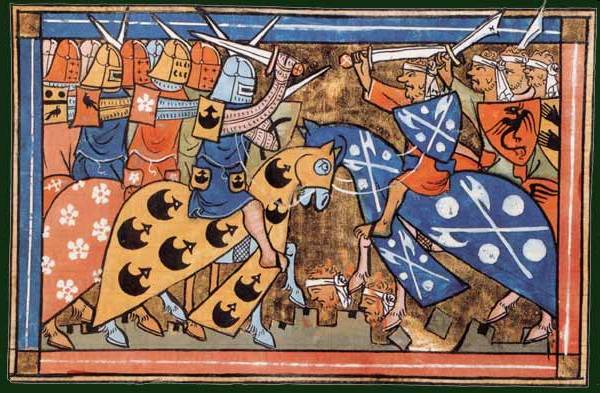
Holy orders in Jerusalem relied upon incomes from their monasteries and lands in Europe and on donations of money and lands from wealthy lords.
With the Crusades in full swing these donations were now going towards those prepared to fight for Christian control of the so-called Holy Land — in particular the newly formed Knights Templar.
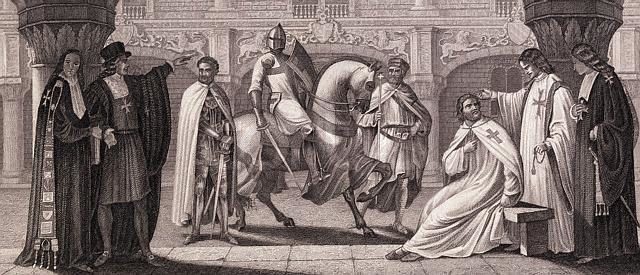
The Order of St Lazarus, however, had powerful local patrons instead. With leprosy so endemic in the Middle East, many nobles knew they might one day need the care of the order’s monks. The infection cared little for social status and nobody was immune to the creeping decay of leprosy, which hit even one of Jerusalem’s kings, King Baldwin IV (1173-85).
Despite his condition, Baldwin IV was a courageous warrior and astute ruler, who led his men in battle.
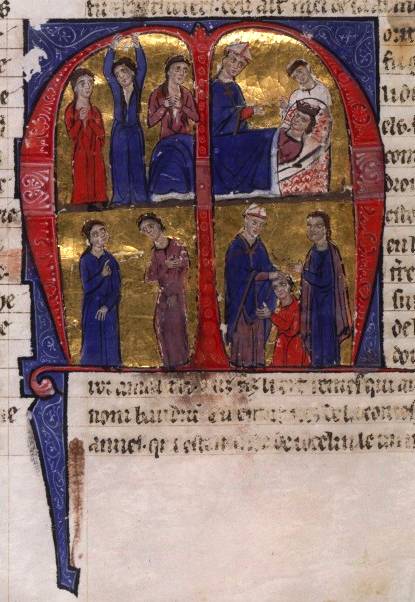
Leprosy has a long gestation period and once the symptoms become obvious to even Medieval doctors, it could be as many as seven years before the effects are debilitating.
Inevitably knights were afflicted too and like Baldwin IV, there was no reason they should not continue to hold true to their oaths and fight for Christianity. In an age of holy relics and bloody righteousness, the idea of these messianic figures — brought closer to Christ through their visible, visceral suffering — marching into battle against the “infidel” Muslims must have stirred Christian hearts.

A legal code drawn up at the dawn of the 13th century rules that a knight with leprosy is required to join the Order of St Lazarus “where it is established that people with such an illness should be.”
The code of the Knights Templar made it optional that a sick knight should be able to transfer to the Lazarites instead of remaining with their brothers.
After Jerusalem fell to a Muslim siege, the Kingdom of Jerusalem (in name only) retreated to the coastal city of Acre where the Templars and the Lazarites became even closer. They shared facilities and it was now mandatory for leprous Knights Templar to transfer to the Knights of St Lazarus.
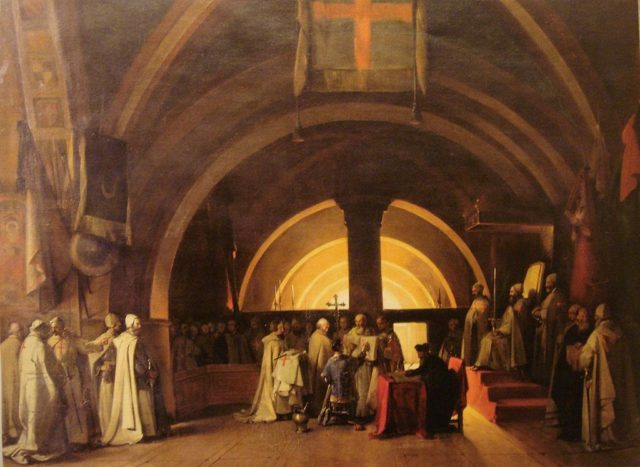
More than just a rich hospital, the Order of St Lazarus was firmly established as a fighting force. Accounts suggest they fought recklessly with the courage of men with nothing to lose, however there are differing sources saying they were perhaps used as cannon fodder by commanders unwilling to risk “able-bodied” fighting men on hopeless charges. With records so patchy it’s impossible to know for certain.
John, Bishop of Jerusalem, wrote in 1323: “Brother knights and others of the aforesaid hospital have many times been horribly killed and their house in Jerusalem and in many other places in the Holy Land wholly devastated.”
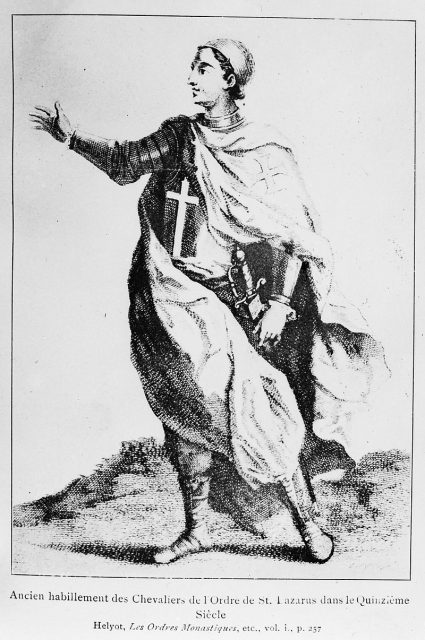
By the middle of the 13th century, with manpower depleted, accounts suggest that healthy as well as leprous knights were fighting as Lazarites. Evidently the Order’s prestige was as compelling as that of the Knights Templar and Knights of St John to young men looking for adventure and a sense of purpose, but that was about to change.

Leprosy in the Holy Land was in decline — further depleting the leprous ranks of the Knights of St Lazarus. Acre fell in 1291 and the Lazarites were kicked out of the Holy Land entirely. They were forced to retire to their properties and monasteries in Europe, particularly in southern France which had been their traditional heartland.
While leprosy endured in Europe and gave the lazarus houses plenty of business, the spectre of a more terrible contagion had turned the leper into a figure of fear and hatred, and not just pity or revulsion.
As the Black Death crawled across the continent in the 1340s, lepers began to be seen as harbingers of this more terrible pestilence. There was little sympathy for the Order’s aims and they were at the mercy of petty local politics.
In Germany they were merged with the Knights of St John, in England their lands were confiscated as “enemy property” during the Hundred Years’ War with France, and in Hungary they lost their holdings due to the invading Ottoman Empire.
An appropriate end for an order shrouded in mystery and the gristly spectre of decay, they apparently faded away.
